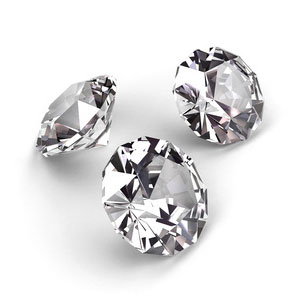Diamonds
Diamond
First of four precious stones.
In the 18th century, the diamonds came mainly from India, place of origin, of several important stones which passed in the history.
In 1725, the first mines of South America opened in Brazil, in the province of Minas Gerais. The discovery of new deposits near Bahia temporarily made Brazil the largest producer.
Since the end of the nineteenth century, today, the world’s leading diamond producer is the African continent.
Currently South Africa, Lesotho, Swaziland and Zimbabwe account for only a third of world production, but remain the world’s largest producer of jewelery diamonds.
Zaire, Angola, Congo, Central African Republic, Ghana, Sierra Leone (where the 3rd largest diamond in the known gross, of 968, 9 carats, was found on February 14, 1972), are the producers, among others, the continent African.
Australia is a major producer of industrial diamonds. It supplies 40% of the world’s production. It is the world’s leading source of colorful jewelery diamonds, especially in pink.
Canada and Russia are also not to be neglected.
Geological features
Composition
The composition is crystallized carbon.
Hardness
Its hardness is 10 on the Mohs scale.
Densité
Its density is 3.47 – 3.55
Réfraction
Its refraction is 2,417 – 2,419
Diamond trade
The main European diamond cutting center is currently Antwerp, where 80% of the rough diamonds pass. The other centers in the world are; Amsterdam, New York, Tel Aviv and Surat near Bombay.
Once cut, diamonds are traded in various diamond markets around the world.
Experience and absolute confidence reign in the diamond and real wholesale markets.
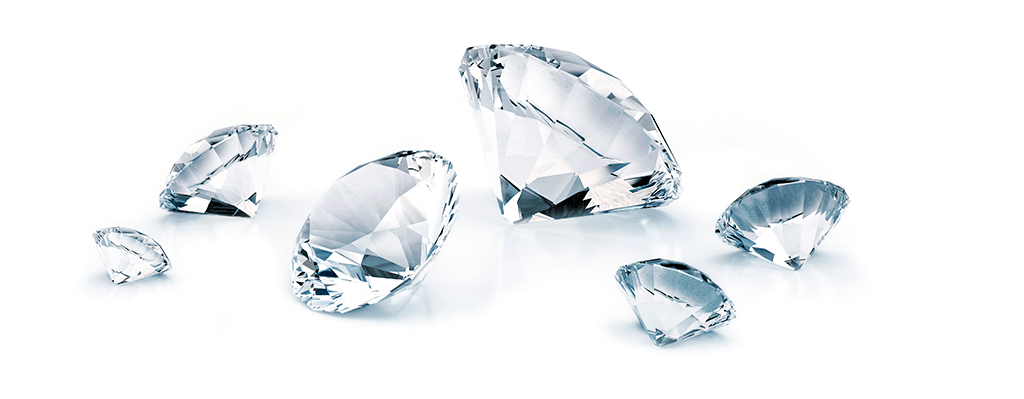
Color scale
| Exceptional white |
Extra White + |
White | Nuanced white | Slightly Tinted | Tinted |
| D E | F G | H | I – J | K – L | M – Z |
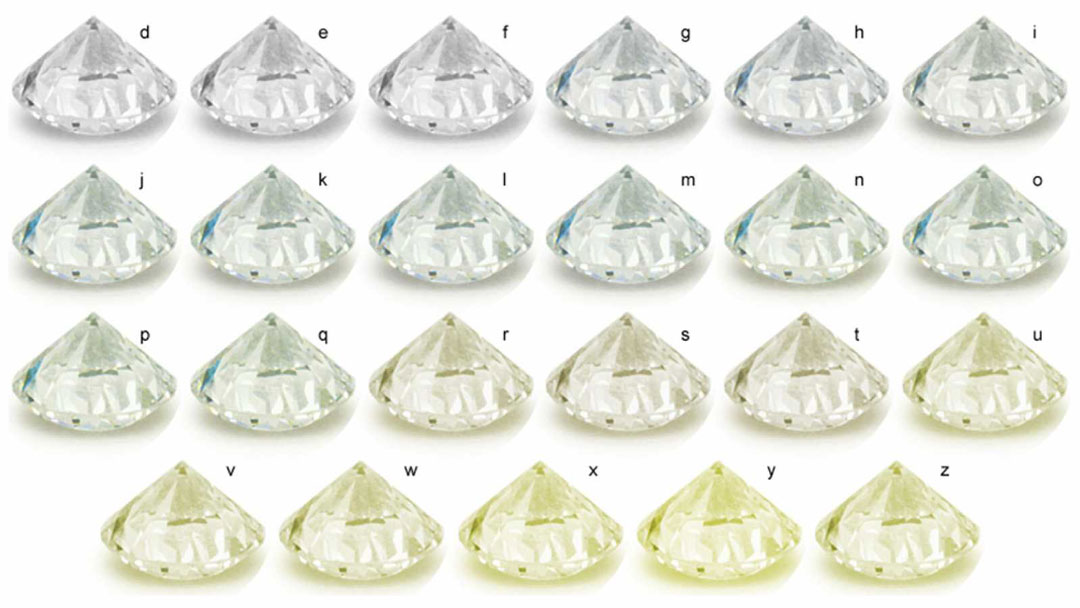
Scale of purety

FL – IF
Flawless – Internally Flawless
Absence of inclusions with magnification10 X
(Internally Flawless)
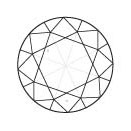
VVS1 – VVS2
Very Very Small inclusion
Tiny inclusions very hard to see with magnification 10 X
(Very. Very Small inclusion)
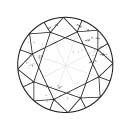
VS1 – VS2
Very Small inclusion
Very small inclusions hardly visible with magnification10X
(Very Small inclusion)
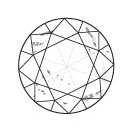
SI1 – SI2
Slightly Included
Very small inclusions easily visible with magnification10 X
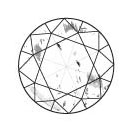
I1
Included
Inclusions hardly visible
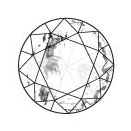
I2 – I3
Included
Inclusions very easily visible
The 7 largest diamonds found in the world
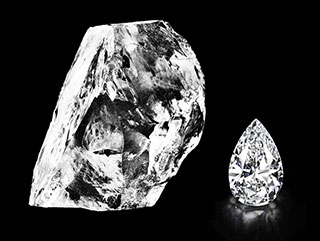
1. Cullinan
⚖️ 3106 carats
🎨 white
📍 South Africa
📅 1905
💎 Cullinan I – 530,20 cts
💠 104 stones
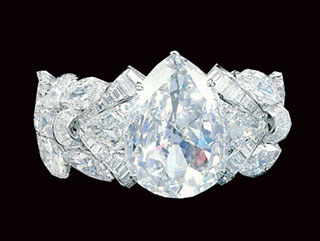
2. Excelsior
⚖️ 995,2 carats
🎨 white
📍 South Africa
📅 1893
💎 Excelsior I – 69,68 cts
💠 20 stones
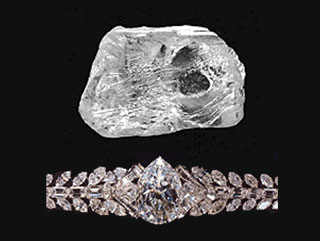
3. Etoile de la Sierra Leone
⚖️ 968,9 carats
🎨 white
📍 Sierra Leone
📅 1972
💎 Pear Shape – 53,96 cts
💠 21 stones
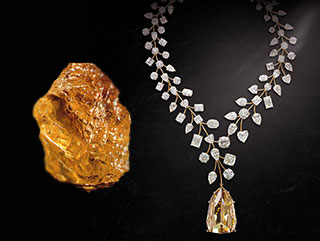
4. Incomparable
⚖️ 890 carats
🎨 Yellow Brown
📍 Africa
📅 1984
💎 Incomparable – 408,48 cts
💠 14 stones
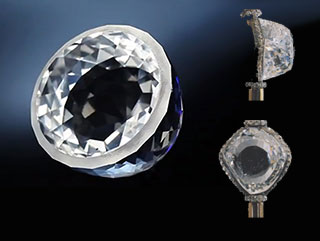
5. Gran Moghol
⚖️ 787,5 carats
🎨 white
📍 India
📅 1650
💎 Gran Moghol – 280 cts
💎 Orlov – 189,62 cts
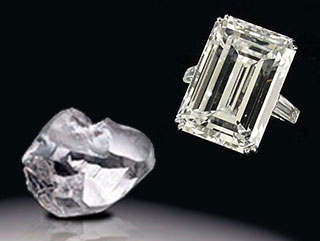
6. Woyie River
⚖️ 770 carats
🎨 white
📍 Sierra Leone
📅 1945
💎 Woyie River – 31,35 cts
💠 29 stones
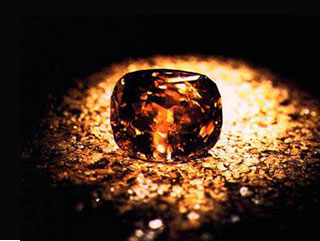
7. Golden Jubilee
⚖️ 755,5 carats
🎨 Yellow brown
📍 South Africa
📅 1986
💎 Golden Jubilee – 545,67 cts
Famous Diamonds
More than 3,000 diamonds of more than 100 carats, of which more than 50 are more than 400 carats, have been mined since 1870.
There are currently about fifty cut diamonds of more than 100 carats,the largest being Cullinan I
Lesedi La Rona
The largest diamonds found in the world.
⚖️ 1109 carats
🎨 Blanc
📍 Lesotho
📅 2015
💎 Non taillé (2017)
A little history…
It is a fact that diamonds, as an investment, have survived all the political and industrial storms of recent decades. Thanks to him, the capital has been spared, and, moreover, millions of direct and non-diamond jobs have been preserved.
